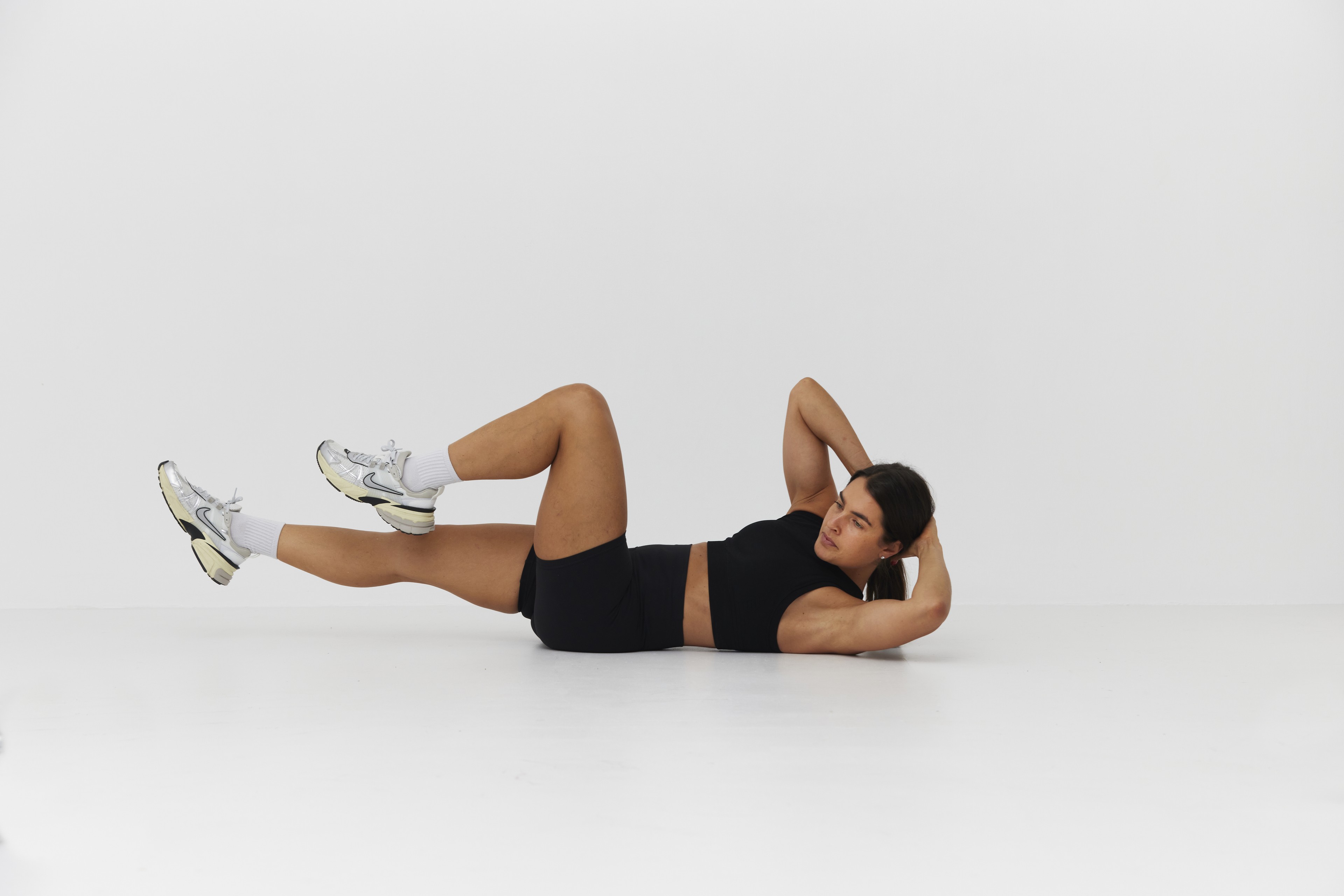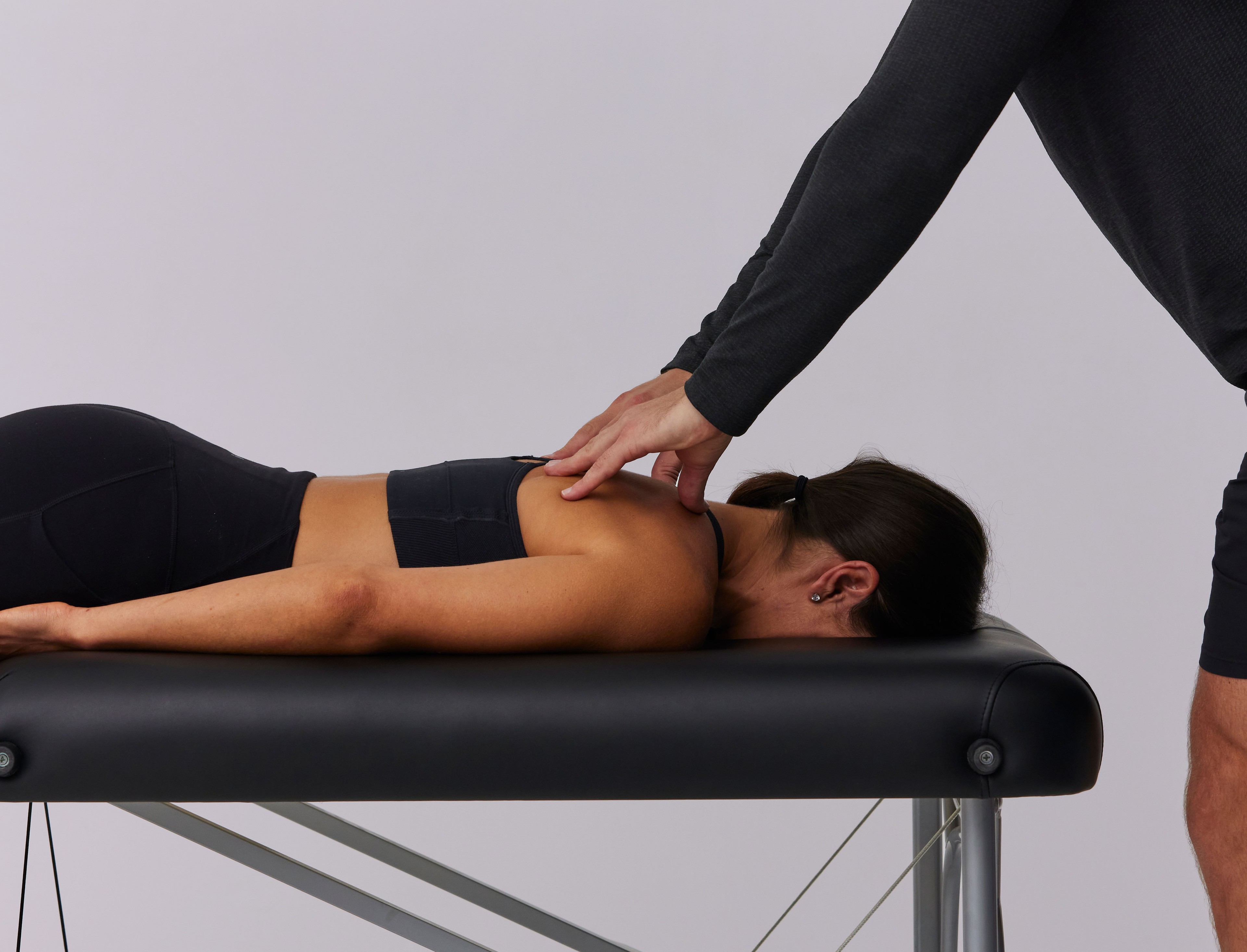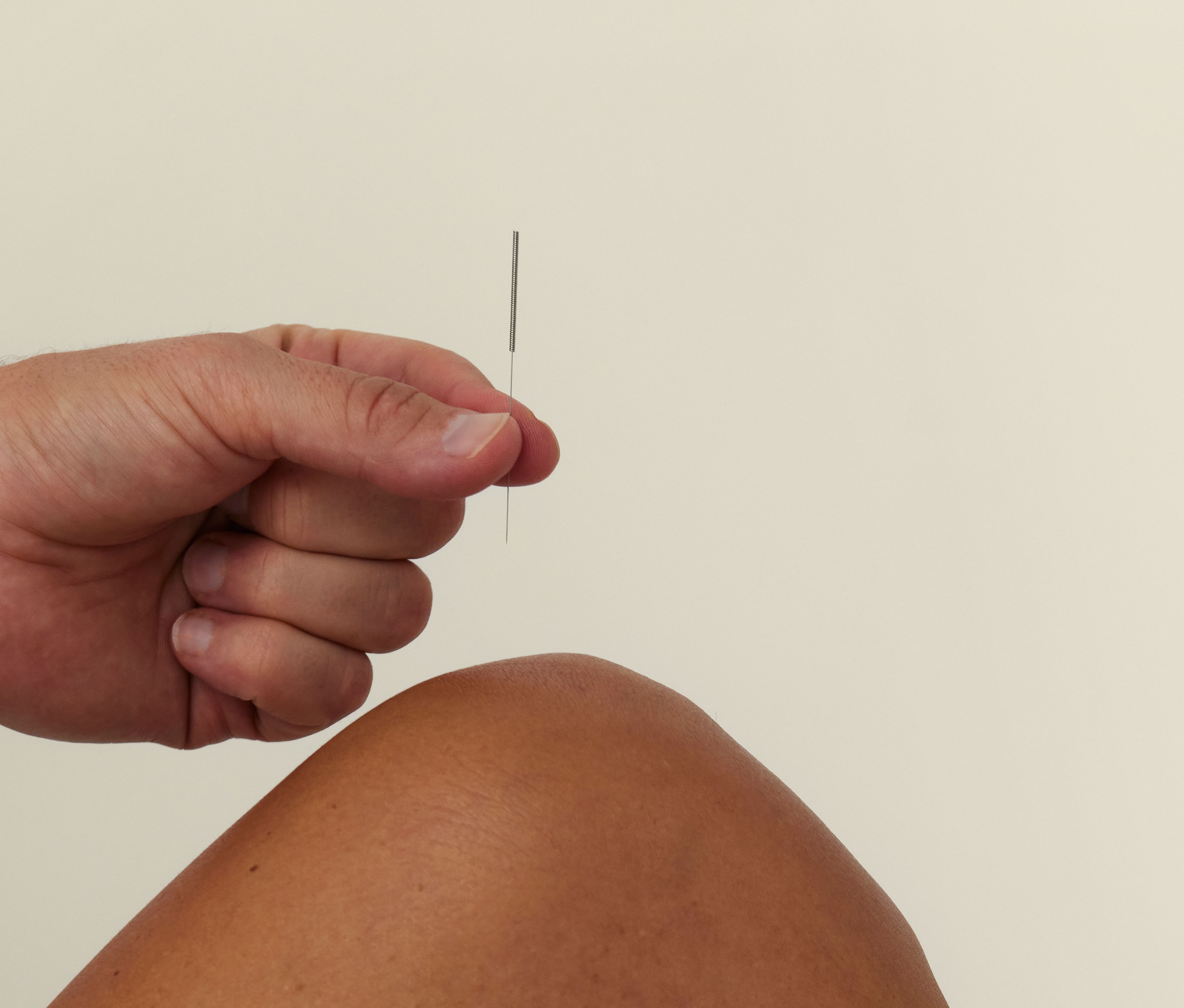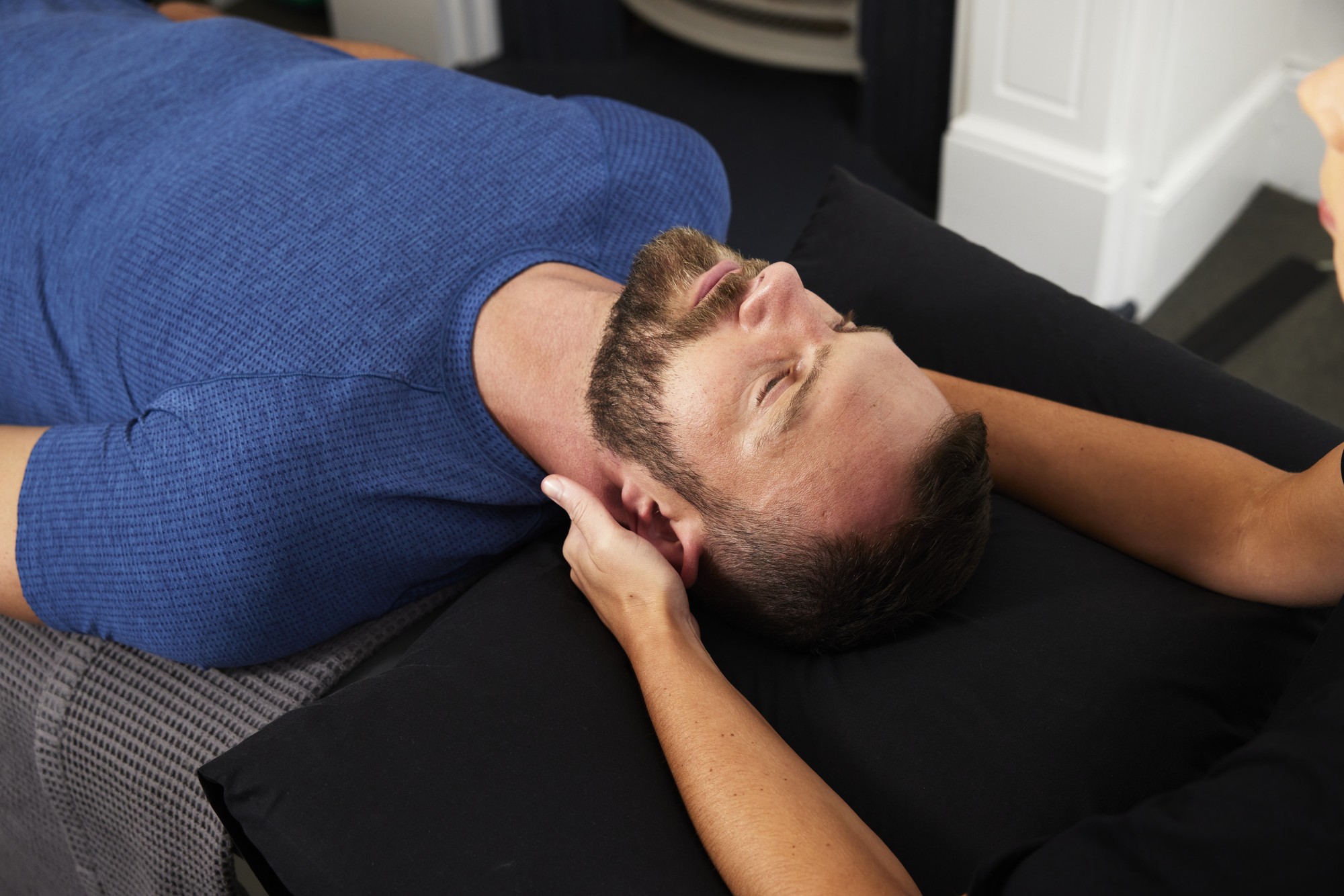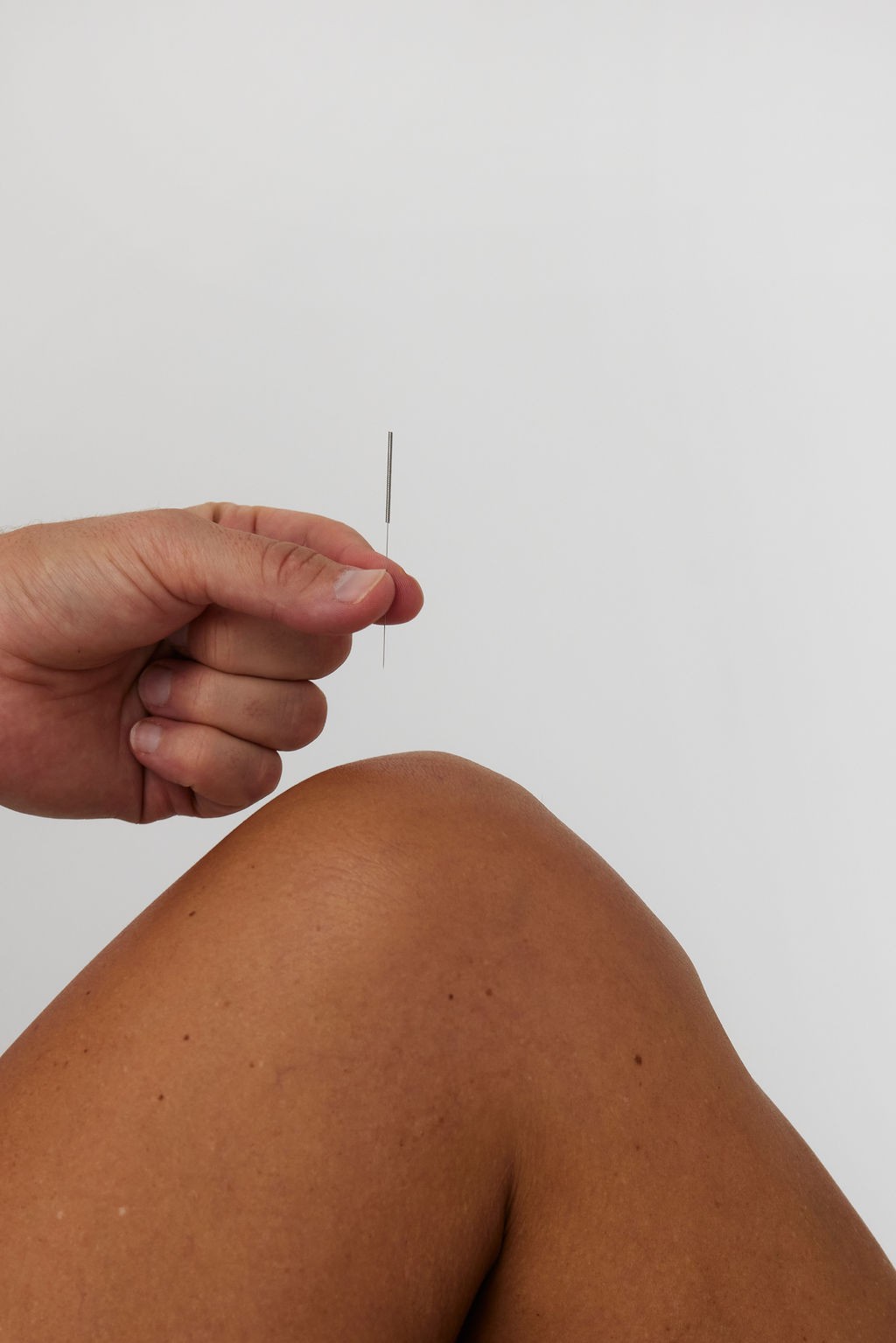Why Your Ankle Keeps Giving Way — and What You Can Do About It
That first ankle sprain? Annoying. But manageable. You rest, ice, maybe tape it up and carry on. The problem is, for many people, that “one-off” injury doesn’t fully recover — and months (or years) later, the ankle still feels weak, unstable, or rolls easily. If that sounds familiar, you could be dealing with Chronic Ankle Instability (CAI) — a condition we see often at The Urban Physio. The good news? It’s treatable. And better yet, preventable — with the right rehab approach.

That first ankle sprain? Annoying. But manageable. You rest, ice, maybe tape it up and carry on.
The problem is, for many people, that “one-off” injury doesn’t fully recover — and months (or years) later, the ankle still feels weak, unstable, or rolls easily. If that sounds familiar, you could be dealing with Chronic Ankle Instability (CAI) — a condition we see often at The Urban Physio.
The good news? It’s treatable. And better yet, preventable — with the right rehab approach.
What is Chronic Ankle Instability?
Chronic Ankle Instability is exactly what it sounds like: your ankle doesn't feel stable, especially during high-demand tasks like running, jumping, or changing direction. Often, it’s the result of a poorly rehabilitated ankle sprain.You might experience:
- Repeated ankle “giving way” episodes
- Lingering weakness or stiffness
- Reduced confidence in your movement
- Pain or swelling that comes and goes
In fact, research shows up to 40% of people develop CAI after just one ankle sprain (Doherty et al., 2016). The issue isn’t just the injury — it’s what happens after.
What causes chronic instability?
A sprain doesn’t just stretch ligaments — it can disrupt your body’s entire control system. Common underlying issues include:
- Limited ankle mobility, especially when lunging or bending forward
- Weakness in foot and ankle muscles, which reduces joint support
- Poor hip and knee strength, affecting your entire leg’s ability to stabilise
- Altered movement patterns, like limping or overcompensating
- Reduced proprioception, or joint awareness, making it harder to balance
- Nerve involvement, including overstretched or underactive peroneal nerves
- Impaired mechanoreceptors, which help detect movement and pressure changes
Over time, these issues can snowball — making your ankle more prone to rolling again and again.
How physiotherapy helps rebuild ankle control
At The Urban Physio, we don’t just treat symptoms — we rebuild the system that keeps your ankle stable in the real world. That means strength, coordination, balance, and confidence.
Here’s how we approach CAI recovery:
Balance retraining
Think of this as reprogramming your body's GPS. We help retrain how your body senses and responds to movement — especially in single-leg and unpredictable situations.
- Exercises like the Star Excursion Balance Test are both diagnostic and therapeutic
- Training the sensorimotor system helps reduce reliance on visual input and improve joint reflexes
- You’ll feel more confident on uneven ground, stairs, and during sport
Progressive strength loading
We don’t just build muscle — we build intelligent, responsive movement.
- Targeted strengthening of ankle invertors and evertors improves control
- Resistance exercises challenge proprioception while rebuilding strength
- Isokinetic and eccentric loading techniques help safely restore full function
- We scale your program to match your sport, activity level, and goals
Smart bracing strategies
In some cases, especially during return to sport, temporary bracing can provide the support you need while you rebuild muscle control.
- Helps prevent re-injury during high-risk movements
- Should be used thoughtfully — we’ll help you choose the right type and taper off over time
Don't let a past sprain define your future!
If your ankle still feels off long after the initial injury, don’t settle for “good enough.”
Chronic Ankle Instability doesn’t fix itself — but with the right plan, it can absolutely be reversed.
At The Urban Physio, we’re here to guide you through a structured, progressive rehab plan that restores your strength, control, and confidence — so you can get back to doing what you love without fear of rolling your ankle again.
Book your assessment today and take the first step toward long-term ankle health.





